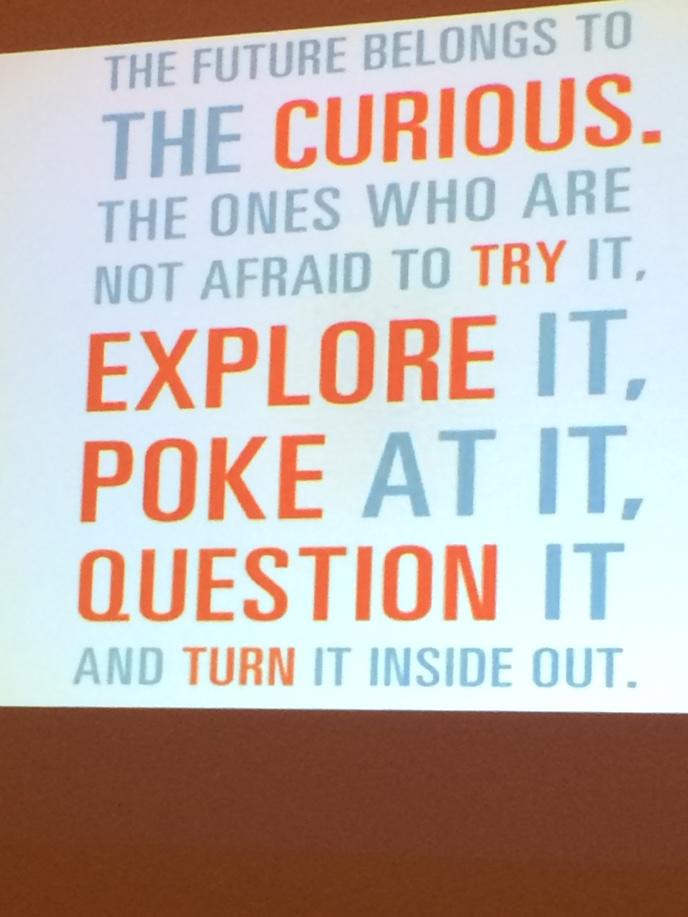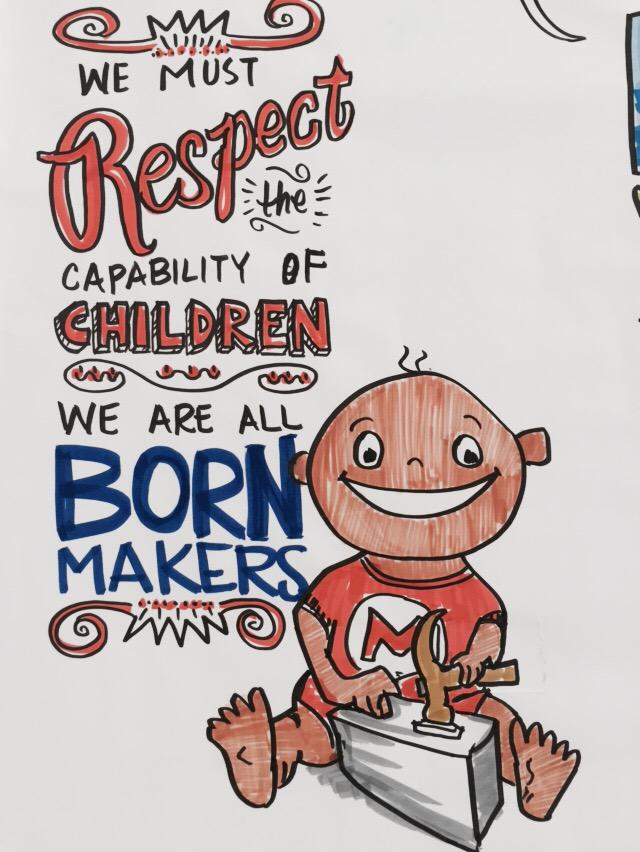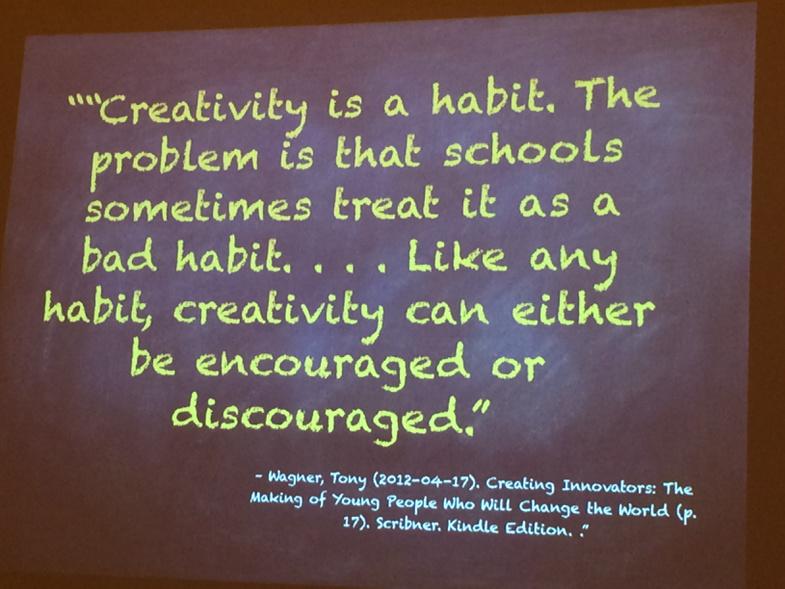Part 1
Our readings for class this week covered inquiry learning. This topic may be old hat to some of you, but it is relatively new to me. However, it is intriguing as well as frightening. The thought of "failing forward", as described by Silvia Tolisano in her Langwitches blog, leaves me apprehensive. But hey, if you are going to fail... forward is the best way to go. You know what? This reminds me of something I heard in a sermon recently. The pastor said that the second smartest people in the world learn from their mistakes. The smartest people in the world learn from other peoples mistakes. I have no idea where he heard this or if he knows anything about inquiry learning, but this kind of sums it up for me. We do not learn how to solve problems just because someone tells us how to. We learn by trying - falling - making adjusting - and trying again. This process lead me to create the word cloud below. Inquiry learning should become part of who we are. That is why I used a drawing that my son made of me last year as a template for my visual definition of inquiry learning. (I had to pay him $2.00 for the drawing) These are some of the words that come to mind when I think about inquiry learning.
 |
| Filled to the top with Inquiry Based Learning |
Part 2
One of my projects this year in my media center is to build a makerspace. A place where kids can come and let their imaginations run wild with creativity. I saw three graphics this week that helped solidify my resolve to dedicate part of my school media center to this project. The first was tweeted by @MakerEdOrg. The second two were in tweets by @jackiegerstein. If we are all born makers...what happens to us? I am sad to say that one of the reasons we change for the worse is school. We need to figure out how to change this for the better. We need to draw out the creativity of children.
 |
| Be curious |
 |
| This looks like me when I was little - the hammer part |
 |
| Encourage the habit of creativity |
- Authenticity: Getting student to come the library can be a struggle. Giving them the chance to design a space in the room will provide them with the opportunity to make something their own. Provide a place where their creativity can bloom and not be discouraged.
- Deep Understanding: I was reading an article this week by Jessica Lahey that talked about mentoring children to help instill hope in them for success inside and outside of school. In the article she is interviewing Valerie Maholmes who says, “We can’t pick who will achieve and who will not. If these kids in front of us are the kids we need to educate, we have to figure out how to unwrap their gifts.” Now I know that there are no state or national standards that talk about instilling hope, but this is the best outcome that could emerge from this process.
- Performances of Understanding: Student have the opportunity to be a part of a team that is building a space from the ground up. They will participate in developing a concept, gathering resources, applying their designs, and promoting their creation.
- Assessment: Students will be asked to keep a digital record of their progress through the tasks. Much like you would for a science experiment. They will also present their work throughout the process to their peers for praise and constructive criticism.
- Appropriate Use of Technology: I like the idea of using of Google Docs for their digital record like the class did in the decomposition lab. Parent, teachers will have rights so that they may comment on the student's progress. Extending the project into the home and to into this home
- Connecting with Experts: I would love to have some student from the Savannah College of Art and Design or from the Savannah Arts Academy come in to talk to the students about their designs. We could also reach out the people a Makerbot, since the logo design will be printed on one of their a 3D printers.
- Student Success: A curated list of resources for this topic will be available to the students via the media center website. Students will also be encourage to set a variety of goals throughout the process and reflect of their progress.
- Ethical Citizenship: Tim Rylands tweeted this week, "Even without a c with a circle it's still yours." Throughout the lessons students will be conducting online research and creating artifacts. The importance of ownership and correct usage with be stressed throughout the process.
I am excited about these lessons! My hope is that the students will embrace the learning process and become better for it.